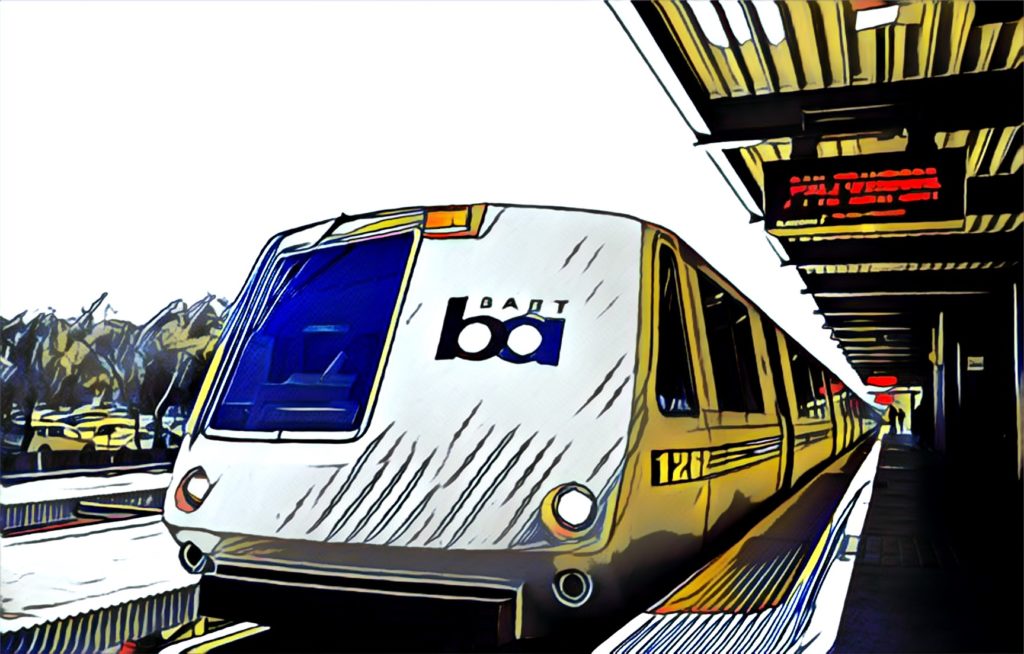On April 20, 2017, the City of San Francisco was awarded a $5.9 million, 26-month grant from the state Board of State and Community Corrections. This grant will support the implementation of the Law Enforcement Assisted Diversion (LEAD SF) program. Based on a model developed in Seattle, LEAD SF is an innovative pre-booking diversion program that will refer repeat, low-level drug offenders, at their earliest contact with law enforcement, to community-based health and social services as an alternative to jail and prosecution. San Francisco’s program will focus specifically on the Civic Center and 16th Street/Mission BART stations, as well as the blocks surrounding these stations. LEAD SF partners the BART Police, San Francisco Police Department, San Francisco’s Sheriff’s Department, The Public Health Department, the District Attorney’s office and social service providers, such as Glide Harm Reduction and Felton Institute.
According to Dr. Angelica Almeida, the project director of the LEAD SF program, the three main goals for the grant are: strengthening collaboration across stakeholders; reducing recidivism in individuals involved with the program; and improving the health and housing status of participants.
After a stint as the Mayor Ed Lee’s appointed “homelessness czar,” Bevan Dufty was elected to the Bay Area Rapid Transit board of directors last November, and has worked for the city government for over 25 years. Dufty describes himself as “very aligned” with issues around homelessness, and considers the LEAD SF program a “good opportunity” for BART to be more involved in supporting San Francisco’s most vulnerable communities. He states that transportation is about “moving people forward, whether it’s employment, home, family … as long it’s towards something positive,” and adds that although BART doesn’t have the means to house people, they do have the ability to “coordinate and involve the counties that they serve.”

Criminalized First, Offered Help Second
To qualify for the LEAD SF program—and get access to health care, drug treatment, and mental health services—individuals must either be ticketed for an offense in the Civic Center or 16th Street/Mission areas, or have had prior repeated contact more generally with law enforcement. But why do people have to be criminalized first, before being offered help?
Almeida answers that the program is designed for people who have “already been criminalized,” and that “the goal is for people to have less contact with the authorities, not more.”
A lot of people use drugs as a means of escaping the traumatic reality of life on the street. With that in mind, the LEAD SF program, and its lack of focus on housing, seems to have a misconception of key issues around homelessness, abuse, and criminality. Bevan Dufty agrees, “You can do all you want to treat people for narcotics abuse and mental health issues, but unless you deal with the overall housing approach, you are not going to be successful.” Dufty adds, “Success means that we don’t see people … being manipulated and abused in narcotics trafficking, because they are the most visible, vulnerable part of the population, and they are cycling in and out of the justice system.” At this point, he recognizes that the LEAD SF program is not explicitly moving people into housing.
Since the grant was awarded six months ago, the team behind LEAD SF has been training participating officials in outreach as well as presenting the program to entrants and affected communities. Dufty concludes, “There is still a lot of work to be done, but we are moving in the right direction.”
The LEAD SF program is expected to launch by the end of October 2017.
Who Would Want to Sleep at BART?
People without homes look to BART trains for a roof over their heads, protection from the elements, and because it feels safer going to sleep in the rear car of a moving train than on the streets. This is especially true as the adult shelter waitlist looms at over 1,000 people long on a daily basis.
William, a battle combat veteran suffering from severe anxiety, has been homeless for nine months since coming out of jail. He usually stays around Powell station. He sleeps in the trains a few hours before midnight and again from 4 a.m.—when the trains start running again—until the BART officers patrol around 9 a.m. Due to the BART policy prohibiting people from lying down in BART trains, William is forced to sleep sitting up. He has experienced excessive force from BART police several times, as well as other passengers yelling and kicking him while he tries to sleep. He fears being sent back to jail, due to his current inability to pay off numerous citations. Despite these factors, he still prefers sleeping in the train, because sleep is consistently available on the train and less triggering to his anxiety.
Commuters regularly complain to BART about homeless people being unruly and unhygienic, taking up space, and harassing other passengers. The reality is that homeless people live very marginalized, dangerous lives around the stations, facing traumatizing experiences, sleep deprivation, and excessive use of force from BART police officers. In 2013, one homeless man, desperate to find somewhere to rest, fell asleep on top of the Montgomery BART elevator car. When the elevator was used, he was crushed at the top of the shaft and pronounced dead on the scene. Despite harrowing deaths like these, which force people to sleep in dangerous conditions, there has been a greater focus on the homeless population as nuisances, rather than people in need of shelter.

